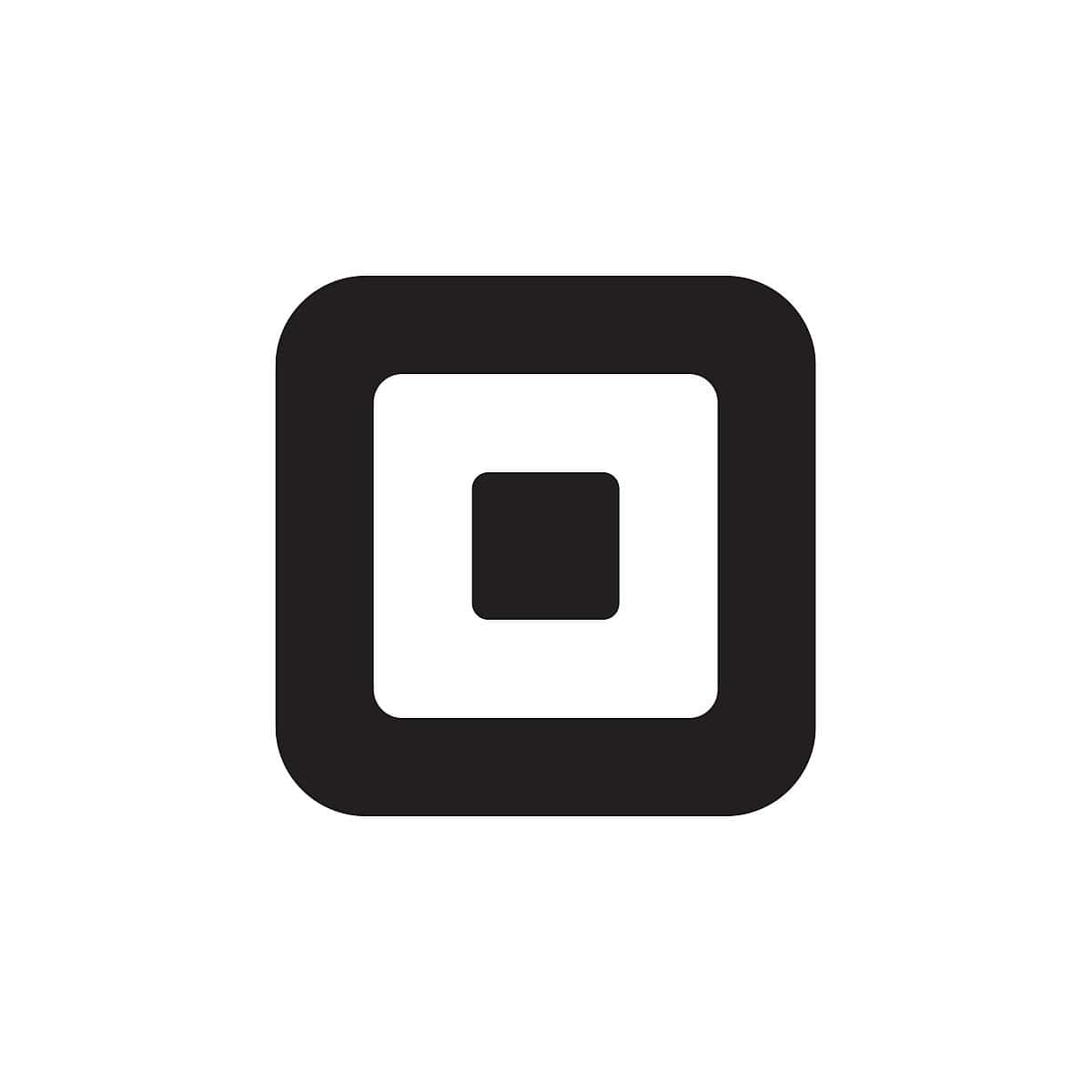Learn how Afterpay’s buy now, pay later model helps customers afford bigger purchases and helps merchants grow sales.
Our content reflects the editorial opinions of our experts. While our site makes money through
referral partnerships, we only partner with companies that meet our standards for quality, as outlined in our independent
rating and scoring system.
If you run an online store, you’ve probably heard of Afterpay — a popular buy now, pay later (BNPL) service that lets customers split purchases into smaller payments.
This guide explains how Afterpay for business works, how it compares to other BNPL options, and whether it’s a good fit for your eCommerce store.
What Is Afterpay?
Afterpay is a buy now, pay later (BNPL) service that lets customers split their purchase into four biweekly payments with no credit check required.
Merchants receive the full purchase amount upfront, minus a small processing fee, while Afterpay handles the payment collection from the customer.
Why Use Afterpay At Checkout?
Adding Afterpay to your checkout gives customers more flexibility and confidence when making larger purchases. By splitting payments into manageable installments, shoppers can budget more easily and are less hesitant to buy.
Unlike competitors such as Klarna or PayPal Pay in 4, Afterpay doesn’t require a credit check, allowing you to reach customers who may not qualify for traditional financing but are ready to purchase.
Platforms That Integrate With Afterpay
Afterpay connects with most major eCommerce and POS platforms, making it easy to add as a payment option at checkout.
Popular integrations include:
Other integration options include:
- Add Afterpay through your website’s admin portal like any other payment gateway.
- Afterpay offers custom integrations for businesses with in-house developers (contact Afterpay directly to confirm eligibility).
Technical support is included for setup, maintenance, and troubleshooting.
How Does Afterpay Work For Customers?
When a customer chooses Afterpay at checkout, they’re approved for a short-term installment plan and pay for their purchase over four equal payments. The process is quick and doesn’t require a credit check.
| Step |
What Happens |
| 1. Selects Afterpay at Checkout |
The customer sees their four-payment schedule. The first 25% is due immediately. |
| 2. Logs In or Creates an Account |
Existing users log in with their email. New users sign up with their name, address, date of birth, and a one-time verification code sent to their phone. |
| 3. Gets Preapproved |
Afterpay assigns a spending limit based on payment history and account activity — no credit check required. New users typically start with smaller limits. |
| 4. Adds a Payment Method |
Customers enter debit or credit card info, or use a saved card for faster checkout. |
| 5. Confirms Purchase |
The first payment is processed immediately; the remaining three are charged automatically every two weeks. |
If a payment fails:
- Afterpay will retry the charge using any backup payment methods on file.
- Customers have up to 10 days to make a manual payment before a late fee applies (up to $8 or 25% of the purchase, whichever is less).
- Late payments can reduce a user’s spending limit or pause their ability to make new purchases.
Customers can adjust one payment date per order (if done more than 24 hours in advance) and may incur bank NSF fees if a payment fails.
Pro Tip: Display Afterpay’s late fee policy clearly at checkout to maintain trust and transparency with your shoppers.
How To Add Afterpay Buy Now Pay Later To Checkout
To start offering Afterpay at checkout, you’ll first need to apply for an Afterpay merchant account.
Eligibility requirements are as follows:
- Only physical goods can be sold — not services.
- Businesses selling electronics, medicines, restricted goods, or 18+ products are not eligible.
- Customers must receive products within 14 days of purchase, which limits Afterpay’s financial risk.
After determining if you qualify, you’ll need to set up Afterpay:
- Apply for a merchant account on Afterpay’s website.
- Once approved, integrate Afterpay with your online store.
- Add Afterpay on-site messaging to your product, cart, and checkout pages to promote BNPL options.
- Insert the provided JavaScript snippet into your site to display the messaging — it can be customized to match your store’s branding.
Adding Afterpay To A Square Store
Afterpay is fully integrated into the Square Seller ecosystem, following Square’s 2022 acquisition of the company. This integration lets Square merchants of any size offer buy now, pay later (BNPL) options both online and in person.
Customers can split purchases into four interest-free payments, while merchants still receive the full amount upfront, just like a standard transaction.
How To Add Afterpay To A Shopify Store
Adding Afterpay to your Shopify store is quick and doesn’t require any coding. Once approved as a merchant, you can enable Afterpay directly from your Shopify dashboard and display installment messaging across your store.
| Step |
Action |
| 1. Create an Afterpay Merchant Account |
Sign up on Afterpay’s website and wait for merchant approval before integrating. |
| 2. Enable Afterpay in Shopify Payments |
In your Shopify admin, go to Settings>Payments>Alternative payment methods, search for Afterpay (New), and click Activate. Make sure test mode is off. |
| 3. Install the Afterpay App (if needed) |
Depending on your region or theme, you may need to install the Afterpay app from the Shopify App Store. |
| 4. Add On-Site Messaging |
Use the Afterpay Attract app or paste Afterpay’s JavaScript snippet to display BNPL messaging on product, cart, and checkout pages. |
Be sure your store location matches your Afterpay merchant account (Afterpay currently operates in the US, UK, Australia, New Zealand, and Canada).
How Much Does Afterpay Cost?
Merchants pay a $0.30 flat fee per transaction plus a variable commission of 4% – 6% of the sale amount.
The exact rate depends on factors like your industry, sales volume, and agreement terms.
Should You Add Afterpay To Your Shop?
Buy now, pay later (BNPL) options can help boost sales, reduce cart abandonment, and keep your store competitive.
Afterpay is a good fit if your business sells physical products under $2,000 that ship quickly and cater to younger buyers with limited credit. However, Afterpay doesn’t support pre-orders or slow-shipping items, and smaller merchants may pay higher commission rates than larger ones.













